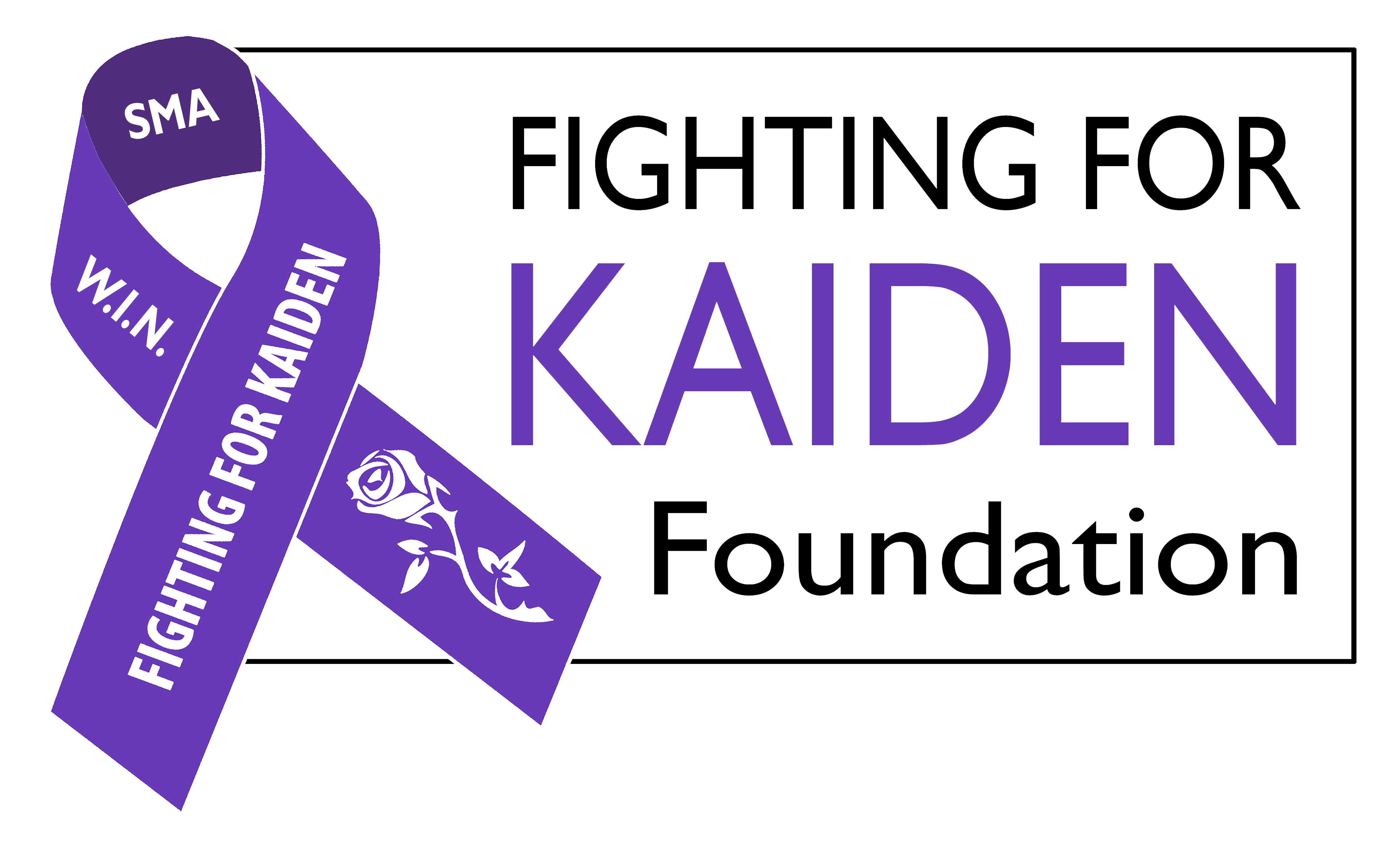Trusted Resources: Education
Scientific literature and patient education texts
Walking and Weakness in Children: A Narrative Review of Gait and Functional Ambulation in Paediatric Neuromuscular Disease
source: Journal of Foot and Ankle Research
year: 2020
authors: Rachel A. Kennedy, Kate Carroll, Jennifer L. McGinley, Kade L. Paterson
summary/abstract:Background: Weakness is the primary impairment in paediatric neuromuscular diseases, impacting gait and gait-related functional activities in ambulant children affected by these rare and often degenerative diseases. Gait speed is an indicator of health and disability, yet gait is a complex, multi-faceted activity. Using the International Classification of Function, Health and Disability (ICF) model, assessment of gait and functional ambulation should consider the impairments, activity limitations and participation restrictions due to disease, and factors related to the environment and the individual person.
Methods: This narrative review involved a literature search of databases including Medline, Embase and Pubmed from 1946 to October 2019. Inclusion criteria included assessments of gait, endurance and ambulatory function in paediatric (0-18 years) neuromuscular diseases.
Results: Fifty-two papers were identified reporting assessments of gait speed, timed function, endurance and ambulatory capacity, gait-related balance and qualitative descriptive assessments of gait function and effect of disease on gait and gait-related activities. Gait speed is an indicator of disability and children with neuromuscular disease walk slower than typically developing peers. Increasing disease severity and age were associated with slower walking in children with Duchenne muscular dystrophy and Charcot-Marie-Tooth disease. The six-minute walk test is used widely as a test of endurance and ambulatory capacity; six-minute walk distance was substantially reduced across all paediatric neuromuscular diseases. Endurance and ambulatory capacity was more limited in children with spinal muscular atrophy type 3, congenital muscular dystrophy and older boys with Duchenne muscular dystrophy. Only a few papers considered normalisation of gait parameters accounting for the effect on gait of height in heterogeneous groups of children and linear growth in longitudinal studies. Balance related to gait was considered in five papers, mainly in children with Charcot-Marie-Tooth disease. There was limited investigation of factors including distance requirements and terrain in children’s typical environments and personal factors related to self-perception of disease effect on gait and gait-related function.
Conclusion: Assessments of gait and functional ambulation are important considerations in documenting disease progression and treatment efficacy in the clinical setting; and in clinical trials of disease-modifying agents and physiotherapeutic interventions in paediatric neuromuscular diseases. There is a need for expert consensus on core gait and functional ambulation assessments for use in clinical and research settings.
organization: The Royal Children's Hospital, Australia; Murdoch Children's Research Institute, Australia; The University of Melbourne, Australia
DOI: 10.1186/s13047-020-0378-2
read more
Related Content
-
A Novel CARM1-HuR Axis Involved in Muscle Differentiation and Plasticity Misregulated in Spinal Muscular AtrophySpinal muscular atrophy (SMA) is charact...
-
Understanding Spinal Muscular Atrophy (SMA)https://www.youtube.com/watch?v=5mI_ZsWk...
-
Richard S. Finkel, MDDr. Richard S. Finkel is the Director of...
-
SMA and Nusinersen (Spinraza) the Story so farhttps://slideplayer.com/slide/14664651/...
-
H-NMR-Based Metabolic Profiling Identifies Non-Invasive Diagnostic and Predictive Urinary Fingerprints in 5q Spinal ...5q spinal muscular atrophy (SMA) is a di...
-
Claudia A. Chiriboga, MDClaudia A. Chiriboga, MD is Professor of...
-
Cell-Penetrating Peptide-Conjugated Morpholino Rescues SMA in a Symptomatic Preclinical ModelSpinal muscular atrophy (SMA) is a motor...






 Bookmark
Bookmark





